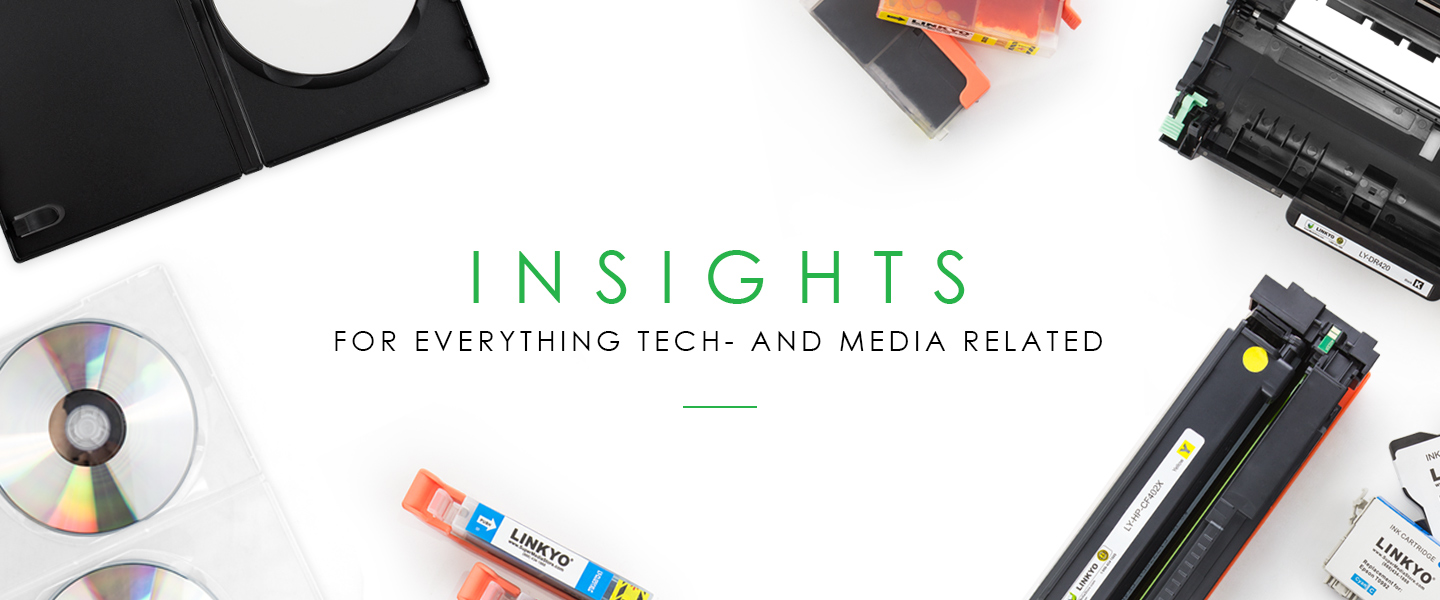If you've ever felt confused by the countless types toner cartridges -- standard, starter, jumbo -- you're not alone. Cartridge manufacturers don't do all that good of a job explaining them. And what about page yields? Why is that the number always varies?
We'll break it down for you.

First, let's cover toner. A toner cartridge is what you use on a laserjet printer. Toner is a fine powder that sticks to a lasered pattern that's been reflected onto a page (via a rotating cylinder). Yes, that was a long sentence, but it summarized a complex process.
There are three types of toner cartridges:
- Starter
- Standard
- High-Yield
A starter cartridge is included when you buy a printer, but usually yields fewer pages than a standard cartridge you buy separately. A standard cartridge may yield 2,600 pages, but starter for the same model of printer may just yield 1,500. A high-yield cartridge, also known as extended or jumbo yield, is just that: it yields a high number of pages.
Using a high-yield toner cartridge will typically save you money, since you'll have the print output of two to three standard cartridges in one. This also means environmental savings, as fewer cartridges mean less carbon dioxide (CO2) pumped into the atmosphere and less plastic waste in our landfills.
Second, how do we determine a cartridge's page yields? Most serious manufacturers, including Linkyo, base their yield estimates on standards set by the International Organization for Standardization (ISO) and International Electrotechnical Commission (IEC). The standard is set at 5% page coverage. Industry estimates find that the average amount of black-and-white printed text/images occupy just 5% of a page--hence the standard.
But what does 5% page coverage look like?
EXACTLY 5% Coverage.
LESS than 5%.
MORE than 5% coverage.
Multiple factors can affect your toner cartridge's yields:
- Climate
- Resolution
- Color
- Age
Cooler temperatures and lower resolutions will increase print yields. Older age, infrequent use, images, and color will decrease your yields. Shaking an almost-empty cartridge, will help loosen toner powder and give you a few added pages. Concentrating printing tasks into a single job instead of dispersing them into separate jobs will also save you on toner.

